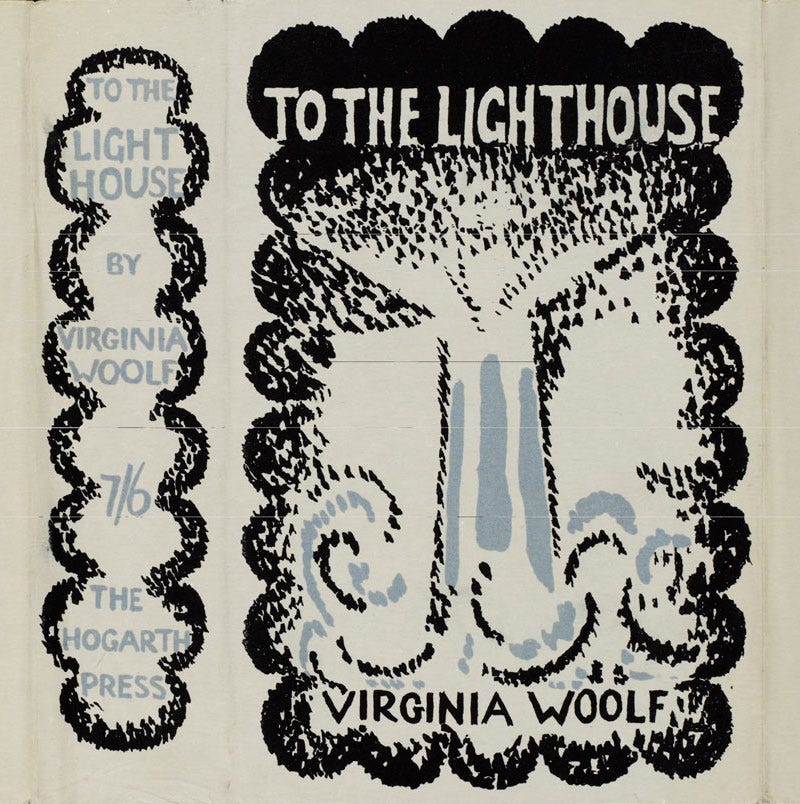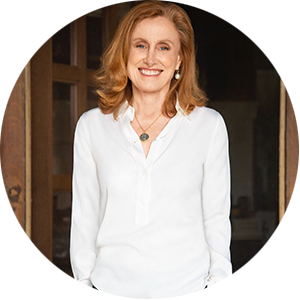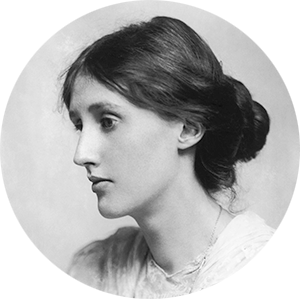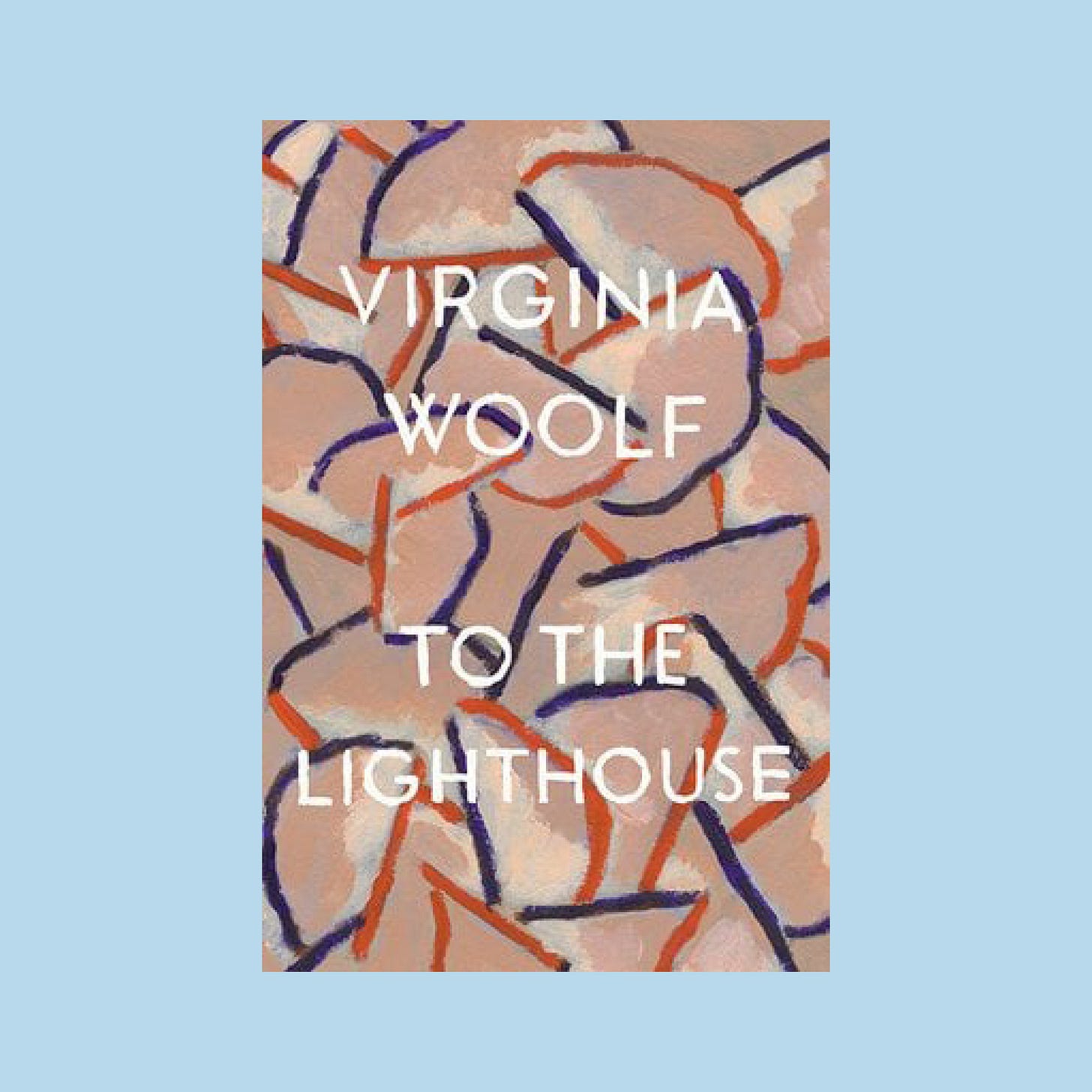To the Lighthouse by Virginia Woolf: A Preview and Reading Schedule
Join us starting on May 1 to read Virginia Woolf's To the Lighthouse with Mona Simpson
Starting May 1, join us to read Virginia Woolf's To the Lighthouse, one of the great literary masterpieces of the twentieth century. We're thrilled to have Mona Simpson, the author most recently of the novel Commitment, as our host for this APS Together, our series of virtual book clubs, free and open to all.
Below is the daily reading schedule. Mona Simpson’s notes on each day's pages will be posted every morning at 10:00 am ET. We invite you to contribute your comments and questions throughout the day, and please join us on Monday, May 15 for a grand finale conversation with Mona Simpson on Zoom.
A Note from Mona Simpson:
"I came to discover To the Lighthouse for myself,” Eudora Welty wrote in her introduction to the novel, which she read a year after it was published, when she was twenty one.
Virginia Woolf's much-mythologized life, her intellectually-royal family, her artistic crowd, and her suicide can all become entangled with the work. And the work! Not only did she leave us the beautiful, inventive novels but also short stories, reviews, essays, diaries, and letters. The idea of Virginia Woolf lives so thoroughly in the culture that people who have not read one sentence written by her have ideas about her, from Edward Albee’s Who’s Afraid of Virginia Woolf?
Woolf’s biographer, the great Hermione Lee, says that the four questions she is most often asked about Woolf are: Is it true that she was sexually abused as a child? What was her madness and why did she kill herself? Was Leonard a good or a wicked husband? Was she a terrible snob? None of these questions or their answers have any direct bearing on To the Lighthouse.
Welty wrote: “Blessed with luck and innocence, I fell upon the novel that once and forever opened the door of imaginative fiction for me, and read it cold, in all its wonder and magnitude.” No matter how much we know about Woolf, how much we’ve read (and I haven’t read anywhere close to all of it), I’d like to read the novel cold, for pure pleasure, and then to consider how the three uneven sections work together to create a meaning greater than the sum their parts.
Mona Simpson is the author of seven novels, including Anywhere But Here, My Hollywood, Off Keck Road, and Commitment. She’s received a Whiting Writers' Award, the Mary McCarthy Prize, and a Literature Award from the American Academy of Arts and Letters. She’s on the faculty at UCLA and a visiting writer at Bard College. She lives in Santa Monica.
Virginia Woolf (1882-1941) was born in London. A pioneer in the narrative use of stream of consciousness, she published her first novel, The Voyage Out, in 1915. This was followed by literary criticism and essays, most notably A Room of One's Own, and other acclaimed novels, including Mrs. Dalloway, To the Lighthouse, and Orlando.
Daily Reading
Day 1 (May 1). Part I, Chapters 1-3
Day 2 (May 2). Part I, Chapters 4-5
Day 3 (May 3). Part I, Chapters 6-8
Day 4 (May 4). Part I, Chapters 9-10
Day 5 (May 5). Part I, Chapters 11-12
Day 6 (May 6). Part I, Chapters 13-16
Day 7 (May 7). Part I, Chapter 17 (through "looking together united them.")
Day 8 (May 8). Part I, Chapter 17 (to end)
Day 9 (May 9). Part I, Chapter 18-19
Day 10 (May 10). Part II
Day 11 (May 11). Part III, Chapters 1-2
Day 12 (May 12). Part III, Chapters 3-4
Day 13 (May 13). Part III, Chapters 5-8
Day 14 (May 14). Part III, Chapters 9-13










For Woolf, I think, the writer's task is to show the thoughts and emotions we hide, that cross or fall off of time's straight line, the story line.
I think I will take a cue from Eudora and read this ‘cold.’